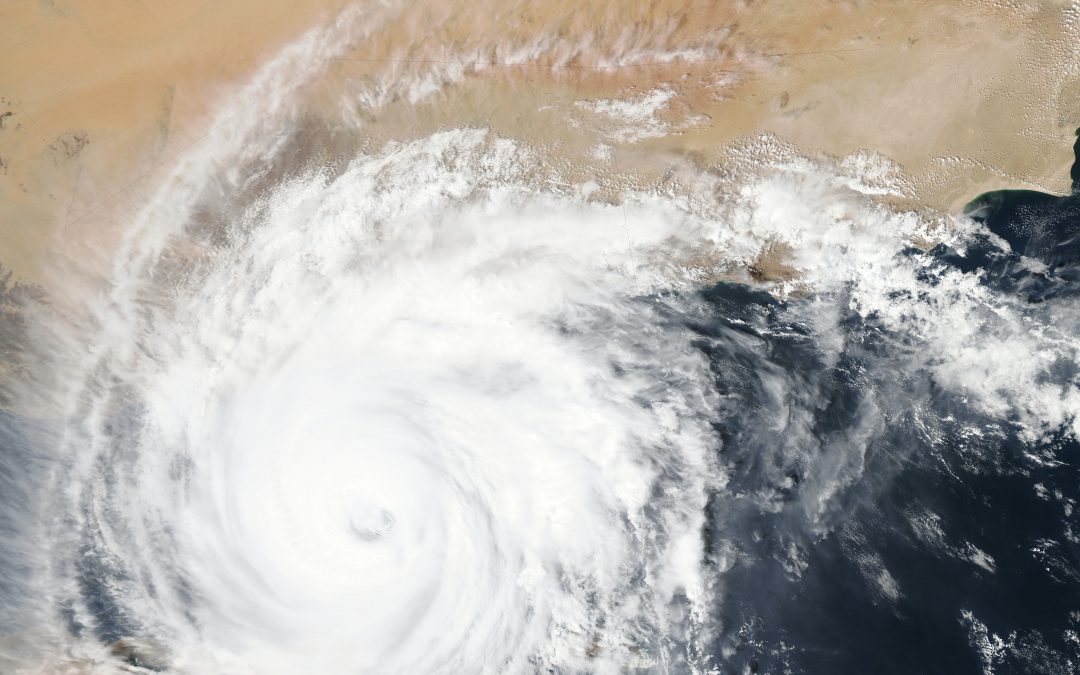As the climate crisis escalates, punishing heat waves, hurricanes, floods, and other extreme weather events will increasingly become the norm. This underscores the growing significance of generating precise weather forecasts.
Presently, meteorologists rely on extensive computer simulations to generate their forecasts. These simulations, however, require several hours to run, as scientists meticulously analyze individual weather variables, including temperature, precipitation, pressure, wind, humidity, and cloud cover. Nevertheless, emerging artificial intelligence systems such as Huawei’s Pangu-Weather, Nvidia’s FourcastNet, and Google DeepMind’s GraphCast have the potential to greatly expedite this process and make more accurate forecasts for extreme weather events like tropical cyclones.
In the development of Pangu-Weather, researchers constructed a deep neural network, which was trained using 39 years’ worth of reanalysis data, combining historical weather observations with contemporary models. Unlike traditional approaches that analyze individual weather variables sequentially and could take hours, Pangu-Weather has the remarkable capability to concurrently analyze all these variables within a matter of seconds.
The researchers conducted a comparison between Pangu-Weather and European Centre for Medium-Range Weather Forecasts (ECMWF), one of the foremost conventional weather prediction systems globally. Their analysis revealed that Pangu-Weather delivered comparable levels of accuracy.
ULINK DA Drive Analyzer’s Fast and Accurate Models for Drive Health Analysis
In a parallel universe, ULINK’s DA Drive Analyzer’s AI models also provide faster and more accurate insights into drive health compared to analyzing health metrics one by one. To develop ULINK’s ML models, we analyzed data from traditional models like SMART, self-test, drive-detected issues, and host-detected issues. For each of these predictors, we calculated the probability of a drive remaining within our dataset or the survival rate a year after experiencing either a change in the predictors, or a non-zero value in the predictors. This process of selecting and modifying predictors to feed to the AI is called feature engineering.
Further, we checked the correlation between the variable and drive failure indicators. Variables with lower survival rates generally make better predictors, because if a variable occurs or changes followed by the drive’s removal, it’s probably somewhat indicative of drive problems.
Additionally, we employed Principal Component Analysis (PCA), a technique that derives weighted combinations of multiple features (Principal Components). PCA’s objective was to explain as much variance in the failure data as possible by utilizing these weighted combinations.
We input the variables into an ML model that generates feature importance scores (such as LGBM) and see which variables have higher importance scores. We also leveraged our understanding of the underlying electromechanical processes associated with each variable to make informed guesses about their contributions to drive failures.
Be it weather forecasting, predictive maintenance in the automotive industry, or drive failure prediction, AI models are increasingly making them faster, easier, and more accurate.
QNAP and ULINK Release DA Drive Analyzer, AI-powered Drive Failure Prediction Tool for NAS


Recent Comments